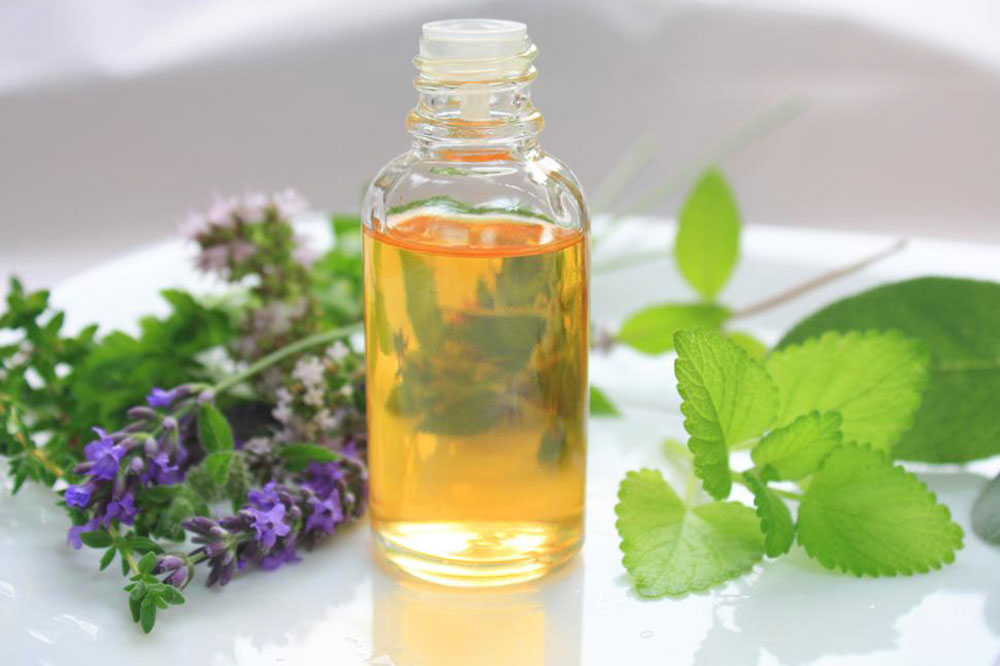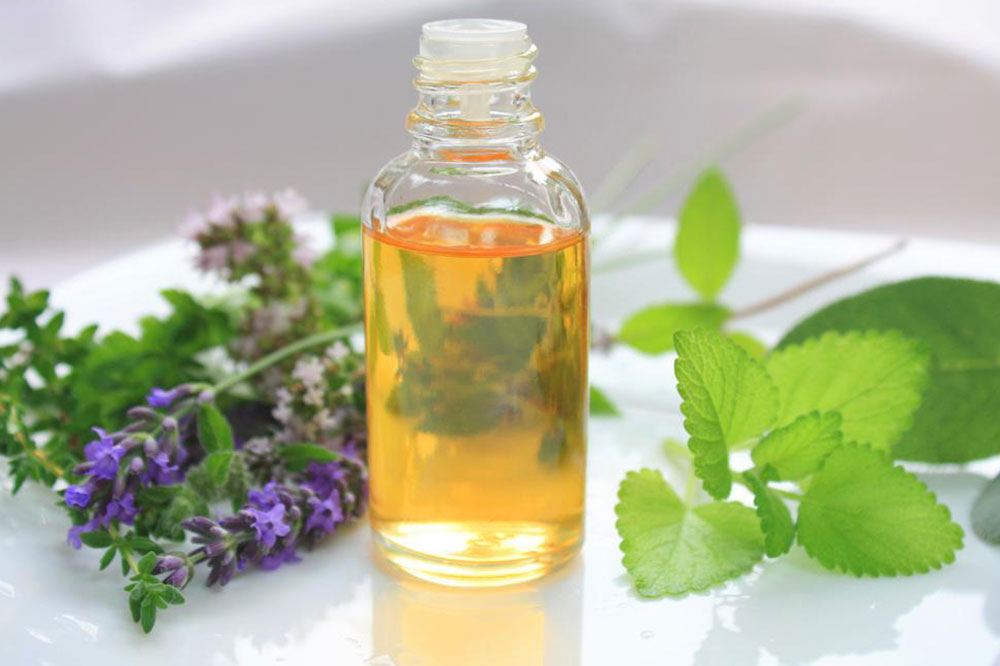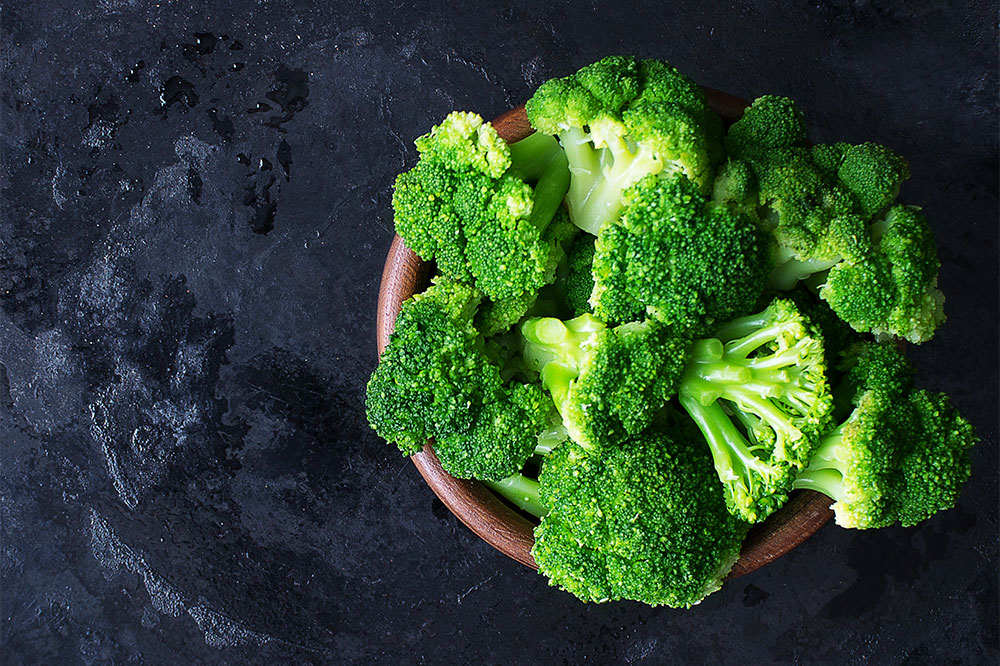Effective Natural Approaches to Pain Management and Relief
This comprehensive guide explores natural and effective methods for managing pain without medication. Techniques like warm baths, turmeric, cold and heat therapy, and herbal remedies such as clove and willow bark offer safe alternatives for relief. Emphasizing holistic health, these strategies support your well-being and can be integrated into daily routines. For persistent pain, consulting healthcare professionals remains essential. Discover how to naturally reduce discomfort and improve your quality of life with these proven approaches, promoting safety and health in a natural way.

Effective Natural Approaches to Pain Management and Relief
In today’s health-conscious world, understanding non-pharmaceutical methods for managing pain is gaining popularity. While medications such as analgesics and anti-inflammatory drugs can offer quick relief, they may also come with undesirable side effects when used long-term or in high doses. Therefore, exploring natural and holistic strategies for pain relief can be both safe and effective, especially for mild to moderate discomfort. These approaches not only promote healing but also support overall well-being, minimizing dependency on medications.
It’s important to note that while natural remedies can be highly beneficial, persistent or severe pain should always be evaluated by healthcare professionals to rule out underlying conditions that require targeted treatment. Below, we explore a comprehensive list of natural pain management techniques that can you integrate into your daily routine.
Warm Baths: A Soothing Solution for Joint and Muscle Pain
One of the simplest and most relaxing natural therapies is soaking in a warm bath. The ideal water temperature ranges from 92°F to 100°F (around 33°C to 38°C). Soaking in warm water helps increase blood circulation, relax tense muscles, and alleviate discomfort in joints and tendons. This method is particularly effective for soothing muscle strains, relieving lower back pain, and treating conditions such as arthritis. For added relief, consider adding Epsom salts or essential oils like lavender, which enhance relaxation and reduce inflammation.
Beyond musculoskeletal issues, warm baths are beneficial for skin conditions like hemorrhoids, anal fissures, and dermatitis by soothing irritated areas and decreasing spasms. To maximize benefits, indulge in warm baths two to three times daily, especially before bedtime or following physical activity to help relax muscles and reduce stiffness. Always ensure the water temperature is comfortable and not too hot to prevent burns or skin irritation.
Turmeric: Nature's Anti-Inflammatory Powerhouse
Turmeric, a bright yellow spice commonly used in cooking, is renowned for its potent anti-inflammatory properties primarily due to its active compound, curcumin. Curcumin has been extensively studied for its ability to reduce inflammation and pain, making turmeric an excellent natural remedy for conditions like osteoarthritis, rheumatoid arthritis, and general muscle soreness. Incorporating turmeric into your diet—through curries, smoothies, or teas—can provide ongoing anti-inflammatory benefits. For those with chronic pain or inflammatory conditions, turmeric supplements standardized for curcumin content are also available, but consultation with a healthcare provider is advisable for appropriate dosing.Warm and Cold Therapy: Alternating for Optimal Relief
Applying heat or cold to affected areas is a widely accepted natural pain management technique. Cold therapy, usually through ice packs or frozen vegetables wrapped in a cloth, helps reduce swelling and inflammation after injuries such as sprains, strains, or bruises. Cold therapy is most effective during the initial 48 hours post-injury. Conversely, heat therapy, such as warm packs, moist heat pads, or heated towels, relaxes tight muscles, increases blood flow, and alleviates chronic stiffness associated with arthritis or muscle tension. Alternating between cold and heat therapy can be particularly beneficial for managing pain, swelling, and stiffness—just ensure to apply each for 15-20 minutes and always protect the skin from direct contact with extreme temperatures.Clove: A Natural Analgesic for Dental and Joint Pain
Cloves are not only a flavorful spice but also a traditional remedy for pain relief. Containing eugenol, a compound with analgesic and anti-inflammatory properties, cloves are effective in alleviating toothaches, headaches, and joint pain. Clove oil can be applied topically to sore areas or used in diluted form to massage aching joints. Clove capsules or powdered clove can also be used as supplements, but it's best to consult a healthcare provider for suitable dosages. Clove-based mouthwashes have been used to reduce oral pain and inflammation, making it a versatile natural remedy.Willow Bark: Nature’s Aspirin
Willow bark, derived from the willow tree, contains salicin—a natural compound that converts into salicylic acid in the body, similar to aspirin. Known for its anti-inflammatory and analgesic effects, willow bark has been used traditionally to treat lower back pain, headaches, and osteoarthritis. It can be brewed as a herbal tea or taken as capsules or extracts. While generally safe in moderate amounts, individuals with aspirin allergies or bleeding disorders should exercise caution or consult their healthcare provider before use. Willow bark offers a natural alternative for those seeking pain relief without synthetic drugs.Hydration: Supporting Healing and Comfort
Proper hydration plays a vital role in pain management. Drinking adequate amounts of water helps maintain tissue health, flush out toxins, and support the body’s natural healing processes. When dealing with minor injuries or skin issues like burns, cool water or cold compresses can soothe discomfort, reduce inflammation, and promote recovery. For example, applying a cool, damp cloth to a minor burn can help ease pain, while keeping well-hydrated ensures overall bodily function remains optimal. Remember to drink water throughout the day, especially during hot weather or after physical activity, to support your body's natural pain-fighting capabilities.Incorporating these natural strategies into your daily routine can significantly improve your quality of life by providing safe, effective pain relief. Whether through warm baths, dietary adjustments, or applying cold and heat, these holistic methods emphasize gentle, non-invasive care. However, always seek medical advice for persistent, severe, or unexplained pain to ensure you receive proper diagnosis and treatment.
By understanding and utilizing natural pain management techniques, you empower yourself to take control of your health in a safe and sustainable way. Embrace these holistic approaches for a healthier, pain-free life.





